Turkey’s president, desperate to boost his popularity at home, further damages his country’s international standing.

Credit: Brookings Institution (www.flickr.com)
Takeaways
The decision on the Hagia Sophia is unlikely to give Erdogan more than a temporary popularity boost. But it will surely undermine Turkey’s international brand.
Tweet
Maintaining Hagia Sophia as a museum has been potent evidence of Turkey’s openness, including a willingness to embrace its Christian past.
Tweet
As the nation’s most-visited building by foreign tourists, the Hagia Sophia is Turkey’s strongest global symbol.
Tweet
Converting Hagia Sophia back to an Islamic edifice will complete Erdogan’s trilogy of massive, legacy-defining mosques in his hometown of Istanbul.
Tweet
On July 9, Turkey’s Court of Cassation decided to void a 1934 cabinet decision designating Hagia Sophia as a museum.
Erdogan, the lobbyist
The high court’s decision followed an intense campaign by the office of President Recep Tayyip Erdogan to convert the nearly 1,500-year-old Istanbul landmark back into a mosque.
A 2010 constitutional amendment allowed Erdogan to appoint a majority of the court’s current judges, so the decision was not a surprise.
Among other reasons, Erdogan apparently wants to move forward with the conversion in order to reverse the ongoing erosion of his popular base.
Hurting Turkey’s international brand
Yet, the decision on the Hagia Sophia is unlikely to give Erdogan more than a temporary boost in popularity. What it will surely do is undermine Turkey’s international brand as an open, Muslim-majority society at peace with its Christian heritage.
Byzantine emperor Justinian I built Hagia Sophia as a Christian cathedral in 537. In 1453, Ottoman sultan Mehmet II converted it into a mosque shortly after taking the city from the Byzantines.
Always fighting Ataturk
In 1934, following the disintegration of the Ottoman Empire, the government of Mustafa Kemal Ataturk converted the building into a museum.
As the founder of modern Turkey, Ataturk believed that opening the building to all people would underline his secularist revolution and help push Islam out of government and public spaces.
Un-mosquing and re-mosquing
Yet just as Ataturk “un-mosqued” Hagia Sophia nearly a hundred years ago, Erdogan seemingly wants to convert it back.
His goal is to bolster his religious revolution — one that has steadily flooded Turkey’s government and public spaces with his conservative brand of Islam.
Making such a move in Istanbul is particularly important to Erdogan given the city’s deep symbolism in his life and career.
Born there in 1954, he emerged on the national political scene after becoming the city’s mayor in 1994, using the position as a springboard to his ongoing run as the most powerful elected leader in Turkey’s history.
Building mosques, while tearing Turkey apart
For years now, Erdogan has been patronizing major mosque construction in Istanbul as a way of leaving his indelible political and religious imprint there.
In March 2019, he oversaw the inauguration of Camlica Mosque, informally known as “Erdogan Mosque,” a massive structure that was erected on a tall hill in order to permanently alter the city’s dramatic skyline.
Another major Erdogan-backed mosque is also nearing completion, this one poignantly placed on Istanbul’s central Taksim Square, which has historically lacked a mosque.
Converting Hagia Sophia back to an Islamic edifice will complete Erdogan’s trilogy of massive, legacy-defining mosques in his hometown of Istanbul.
But will this boost his popularity?
Erdogan’s mosque push has more nakedly political drivers as well. A nativist, populist leader, he no doubt aims to use the controversy generated by the conversion process to support the narrative of victimization that he often peddles to his base.
In this case, his message would be: “How dare these secularists deny us pious Muslims the ‘liberty’ to pray at Hagia Sophia?”
This strategy is unlikely to work, however. Since 2002, Erdogan has won more than a dozen nationwide elections primarily on a platform of strong economic growth.
No way to counter the recession pain
Yet, once a recession hit in 2018, Erdogan’s popularity began to slip. His hand-picked candidates lost mayoral elections for Istanbul and other key cities in 2019.
The Turkish economy is now suffering another recession due to the coronavirus pandemic. No wonder that polls show that Erdogan’s popularity is slipping further.
Thus, even if the Hagia Sophia conversion increases Erdogan’s approval rating by a few percentage points, the boost is unlikely to last. Nothing short of strong economic growth in Turkey will bring back the wider popularity he once enjoyed.
Implications abroad
If implemented in full, the building’s conversion would cause significant, potentially irreversible harm to Turkey’s international brand.
Maintaining Hagia Sophia as a museum has long served as potent evidence of Turkey’s openness. It vividly underscored its willingness to embrace its Christian past, Christian citizens, and Christian-majority neighboring countries.
As the nation’s most-visited building by foreign tourists, Hagia Sophia in many ways is Turkey’s global brand.
Chances to change his mind?
For officials in Washington and other allied governments considering how best to sway Erdogan from his damaging course, such conversations are likely best conducted in private given the issue’s domestic sensitivities.
But if the Trump administration does decide to comment publicly, its statement should highlight Turkey’s long, proud history of religious tolerance — and encourage Ankara to shy away from further steps that undermine this tradition.
Conclusion
Turkey should also be urged to maintain Hagia Sophia’s multicultural heritage and allow public access to its religious iconography, taking into account that such access was unhindered during most of the Ottoman era.
Erdogan and the Hagia Sophia: Will He – Or Won’t He?
“Army of Islam”: Erdogan’s Plot Against Israel
Albania Must Choose Between the EU and Turkey


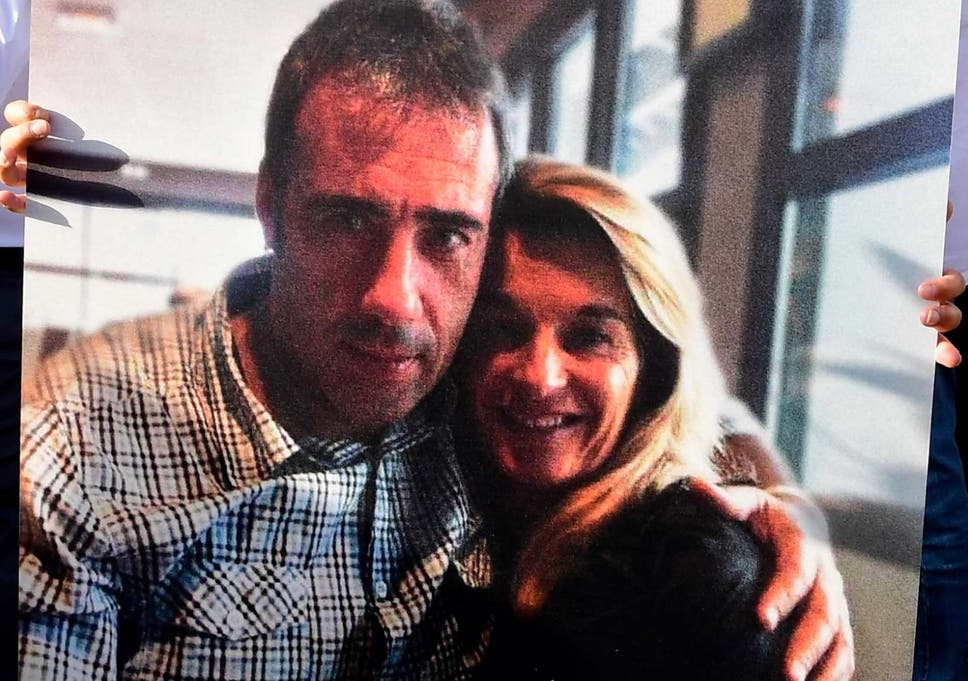
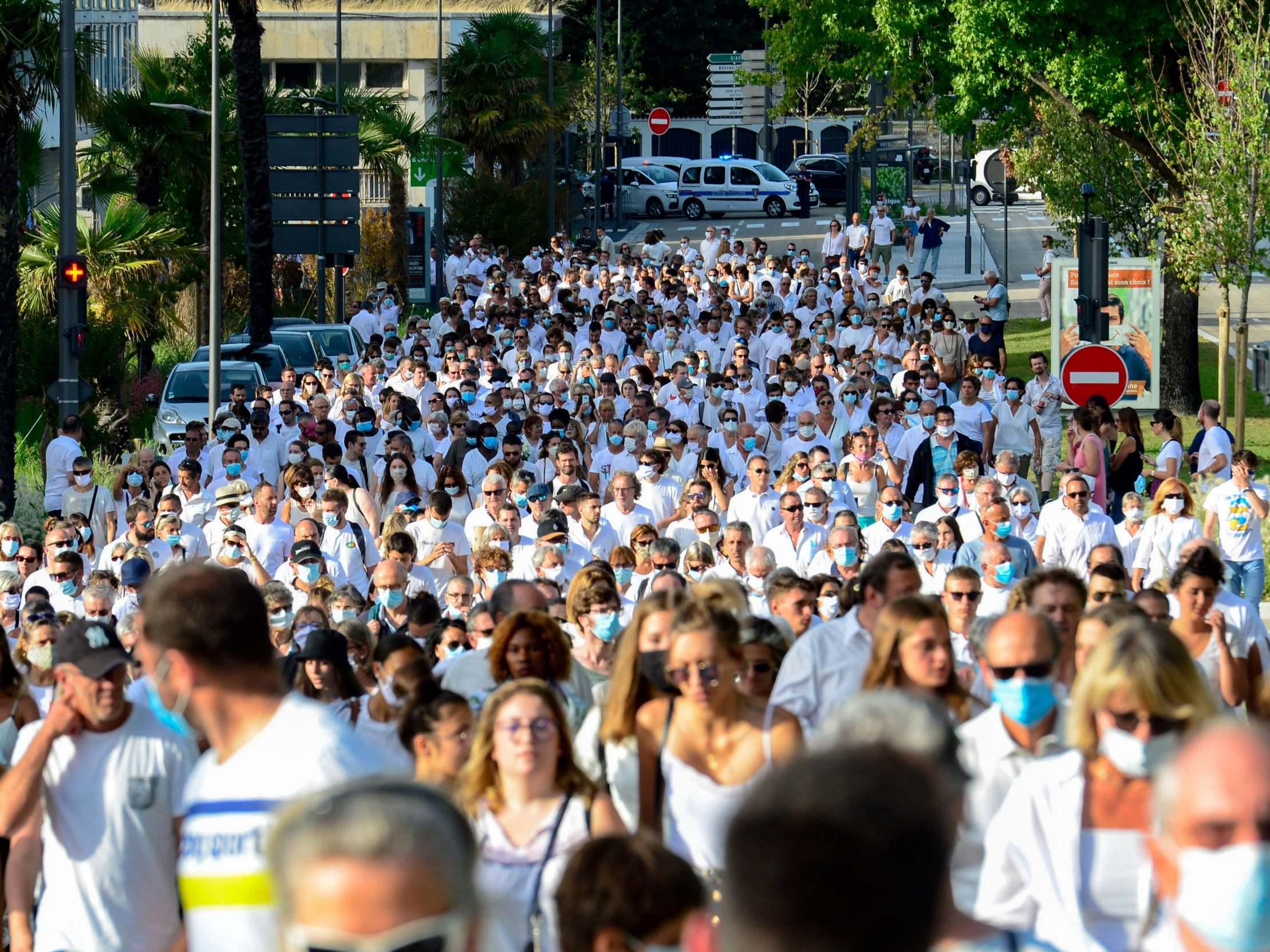

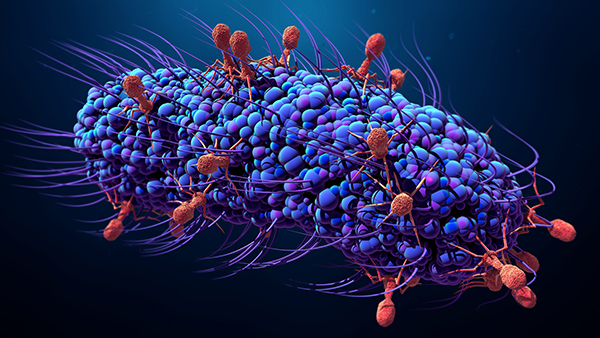
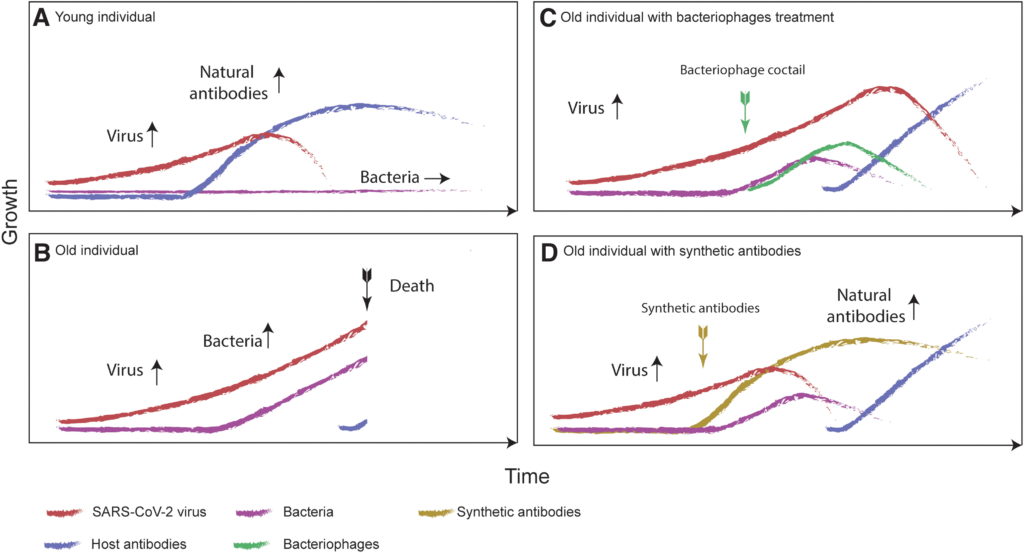 Figure 1. Theoretical time courses of the SARS-CoV-2 virus growth (red curves), bacterial growth (purple curves), and host antibody production (blue curves) for four scenarios. (A) A young healthy individual who has no problems developing antibodies to the virus infection. (B) An old individual who experiences delayed antibody production, resulting in bacterial growth as well as increased virus growth. (C) An old individual for whom a bacteriophage cocktail against bacterial growth was introduced as a part of standard therapy. Increase of bacteriophages is marked (green curve) with the time of treatment (green arrow). The relationship between bacteriophages and bacteria can be described by the Lotkka-Voltera population model. The viral load does not decrease until the body’s natural antiviral antibodies are produced but more time is bought for this to happen. (D) An old individual for whom synthetic antibodies were introduced (brown curve), creating an immediate reduction in the viral load and once again buying time for the natural antibodies to be produced. SARS-CoV-2, severe acute respiratory syndrome coronavirus 2.
Figure 1. Theoretical time courses of the SARS-CoV-2 virus growth (red curves), bacterial growth (purple curves), and host antibody production (blue curves) for four scenarios. (A) A young healthy individual who has no problems developing antibodies to the virus infection. (B) An old individual who experiences delayed antibody production, resulting in bacterial growth as well as increased virus growth. (C) An old individual for whom a bacteriophage cocktail against bacterial growth was introduced as a part of standard therapy. Increase of bacteriophages is marked (green curve) with the time of treatment (green arrow). The relationship between bacteriophages and bacteria can be described by the Lotkka-Voltera population model. The viral load does not decrease until the body’s natural antiviral antibodies are produced but more time is bought for this to happen. (D) An old individual for whom synthetic antibodies were introduced (brown curve), creating an immediate reduction in the viral load and once again buying time for the natural antibodies to be produced. SARS-CoV-2, severe acute respiratory syndrome coronavirus 2.





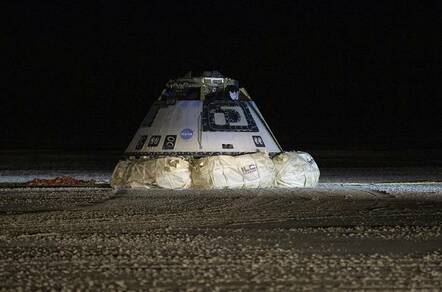
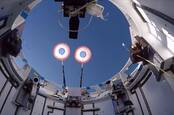
Wed 8 Jul 2020